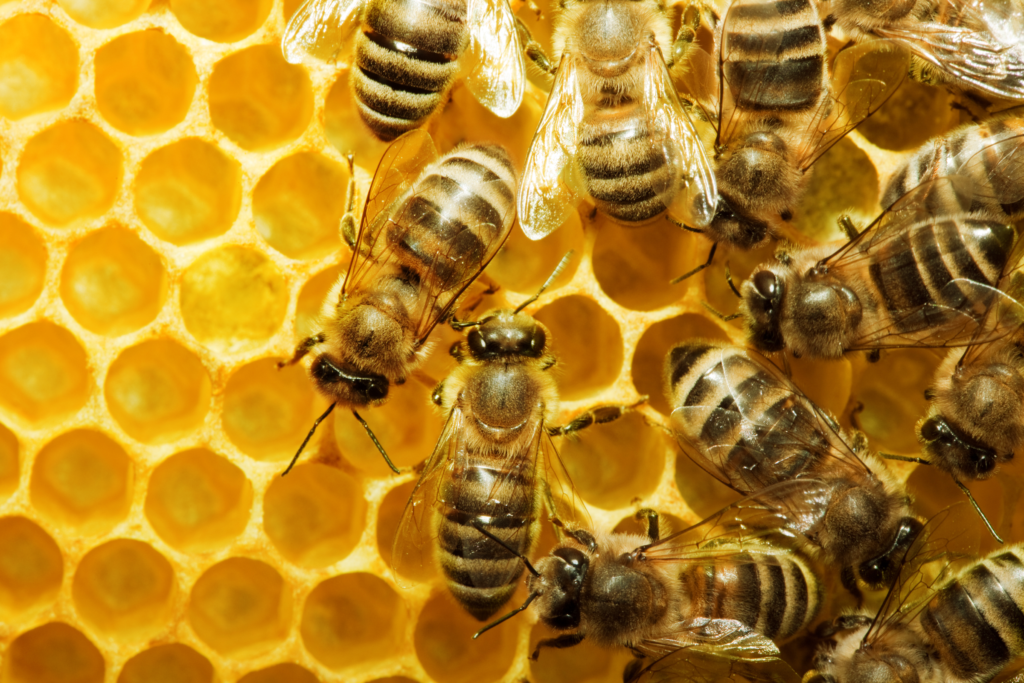Last year, 334 OR/WA backyarder beekeepers returned April surveys on overwintering colony losses/survivorship, and management such as colony feeding, sanitation and Varroa control efforts. There were only 24 WVBA respondents included in the OR report, 4 fewer than the previous year. A specific report for WVBA is posted on the website: http://pnwhoneybeesurvey.com/
Colony loss levels last year from WVBA respondents were 44% for 8-frame and 42% for 10-frame Langstroth hive beekeepers. Overall losses of WVBA respondents, 43.5%, were slightly lower compared to overall OR beekeeper losses. Six individuals (40%) reported total winter survival; 5 individuals lost 100% of their colonies. Six individuals lost 1 colony, 5 members lost 2 colonies each, 1 lost 3 and 3 lost 4 colonies; one individual lost 17 colonies, the heaviest loss.
Losses were higher last year for all OR beekeepers. Graphic Figure 4 in report from the WVBA Club report compares the last three year losses for WVBA, OR Backyarders and Or Commercial beekeepers (more than 50 colonies). The largest OR beekeepers have traditionally had 1/2 the losses of backyarders; WVBA beekeepers have had losses below the state losses the t]last two eyars..
The 2017-18 (most recent overwintering) electronic survey will be open Mid-March continuing through end of April. It should take no more than 5-7 minutes to complete. Information requested will be very similar so I can compare last year with the current one, but I have trimmed the survey so it is shorter with fewer questions.
While the main emphasis of the survey revolves around reporting how many colonies you had last fall compared to this spring, which we assess through hive location, hive types and originations (meaning were they overwintered colonies, nucs or packages purchased, swarms or splits), other survey questions sometimes open up more questions than provide answers. Last year, for example, beekeepers doing several wintering preparations improved survival, but feeding or use of the sanitation alternatives we listed did not result in better survivorship, at least not directly. Those beekeepers using sugar shake or mite drop boards to monitor mite buildup had fewer overwintering losses, while beekeepers using other sampling methods did not. Non-chemical treatments did not, directly, improve survivorship, at least for our survey respondents; use of Apivar, essential oil or formic acid significantly improved survivorship
The BeeInformed survey is also conducted in April each year. I ask that you continue to participate in this national survey as well. Although funding is now in the last year of this effort, we are hoping to continue what is now a 10-year record of overwinter loss/survivorship. Our BIP report from last year is posted on the pnwhoneybeesurvey site and I include comparisons to losses in Canada and Europe. Access the BIP survey at: www.beeinformed.org (it too is available in April only)
THANK YOU FOR SHARING THIS PAST SEASON. Please consider completing a survey for the 2017-2018 season this April.

